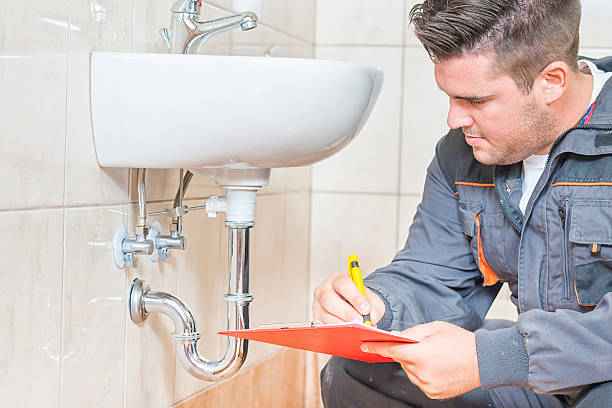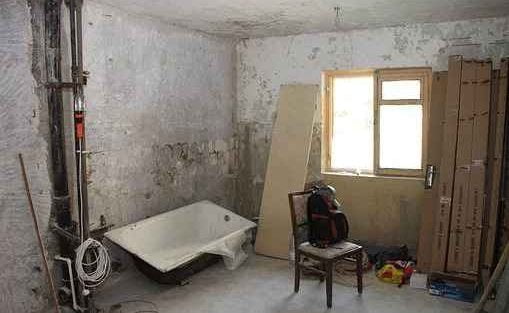Last updated on March 27th, 2024 at 11:25 pm
Building your own home is a dream that many people aspire to fulfil. The thought of designing your living space from the ground up, tailored to your exact preferences and needs, is undeniably enticing. However, amid the excitement of choosing paint colours and floor plans, there’s one crucial aspect that often goes overlooked: LCOE, or Levelized Cost of Electricity.
While this term may not sound immediately relevant to the home-building process, understanding LCOE can help you make informed decisions about your home’s energy sources, ensuring long-term cost savings and sustainability.
Table of Contents
LCOE Definition
Before diving into its relevance in the context of building your dream home, let’s take a look at the LCOE definition: LCOE stands for Levelized Cost of Electricity, and it’s a critical metric used in the energy industry to assess the cost of generating electricity over the lifetime of a power plant or energy source.
In essence, LCOE takes into account all the costs associated with a particular energy source, including construction, maintenance, fuel, and more, and then spreads those costs over the expected lifespan of the energy-producing asset.
So, how does this seemingly technical concept relate to building your own home? The answer lies in the choices you make regarding your home’s energy systems, such as heating, cooling, lighting, and appliances. These decisions can have a significant impact on your monthly utility bills and the overall sustainability of your dream home.
The Energy Source Dilemma
When building a new home, you’ll face important choices regarding the energy sources that power it. Traditionally, many homes have relied on fossil fuels like natural gas and oil for heating and electricity. While these sources are readily available and have been used for decades, they come with some significant downsides.
First and foremost, fossil fuels contribute to greenhouse gas emissions and climate change, which is a growing global concern. Additionally, the prices of fossil fuels can be volatile, leading to unpredictable energy bills for homeowners. This is where LCOE comes into play.
Why LCOE Matters
Understanding the LCOE of different energy sources can help you make informed decisions about how to power your dream home. It allows you to compare the long-term costs of various options, ensuring that you choose an energy source that not only meets your immediate needs but also aligns with your financial and environmental goals.
For instance, let’s consider two common energy sources for residential heating: natural gas and solar panels. Natural gas may seem like the cheaper option upfront, but when you factor in the long-term costs, including the price of gas, maintenance of heating systems, and potential environmental taxes or penalties, the LCOE may reveal a different picture.
On the other hand, solar panels may require a higher initial investment, but they often have lower operating and maintenance costs over their lifespan. Moreover, solar energy is clean and sustainable, contributing to a greener planet and potentially reducing your reliance on fossil fuels. By calculating the LCOE for both options, you can make an informed choice that aligns with your values and financial goals.
Calculating LCOE for Your Home
Calculating the LCOE for your dream home involves several steps, but it’s a valuable process to ensure that your energy choices are economically sound and environmentally responsible. Here’s a simplified guide to help you get started:
Gather Data: Begin by collecting all the relevant data for each energy source you’re considering. This includes the initial installation cost, expected lifespan, maintenance expenses, and the projected energy output or consumption.
Determine Discount Rate: To calculate the LCOE, you’ll need to establish a discount rate. This rate represents the opportunity cost of investing your money elsewhere. Commonly used discount rates range from 5% to 10%, depending on your personal financial situation and risk tolerance.
Calculate Annual Costs: Break down the costs associated with each energy source into annual expenses. Include installation costs amortized over the expected lifespan and annual maintenance expenses.
Estimate Energy Production/Consumption: Estimate the annual energy production or consumption associated with each source. This could involve consulting with experts or using historical data if available.
Calculate LCOE: Use the gathered data, discount rate, and annual costs to calculate the LCOE for each energy source using the following formula:
LCOE = [Annual Costs + (Annual Maintenance x Number of Years)] / Annual Energy Production (or Consumption) / (1 + Discount Rate)^Number of Years
Compare Results: After calculating the LCOE for each option, compare the figures to determine which energy source offers the best long-term value for your dream home.
By going through this process, you can make a well-informed decision about how to power your home, considering both the immediate costs and the long-term financial implications.
Beyond Economics: Environmental Benefits
While LCOE is a valuable tool for assessing the financial aspect of energy choices, it’s essential to consider the environmental benefits as well. Opting for cleaner and more sustainable energy sources can reduce your carbon footprint and contribute to a healthier planet.
Solar panels, wind turbines, and other renewable energy sources typically have low or zero greenhouse gas emissions, making them attractive options for eco-conscious homeowners. By factoring in both the LCOE and the environmental impact, you can make a holistic decision that aligns with your values and benefits future generations.
Incentives and Rebates
When considering the LCOE of various energy sources, don’t forget to explore potential incentives and rebates available in your region. Many governments and utilities offer financial incentives to encourage the adoption of clean energy technologies. These incentives can significantly affect the LCOE and make renewable energy options even more attractive.
Additionally, as technology advances and renewable energy becomes more mainstream, costs are continually decreasing. This can have a positive impact on the LCOE of renewable energy sources, making them increasingly competitive with traditional fossil fuels.
Related Articles:
Powering Up Perfectly: Mastering Electrical Sockets in Your Home
Choosing The Right Weed Killer For Your Lawn
The Importance of Leak-Proof Soup Containers
The Bottom Line
Building your dream home is an exciting endeavour, but it’s essential to consider the long-term implications of your energy choices. By understanding and calculating the LCOE for different energy sources, you can make informed decisions that align with your financial goals and environmental values.
Remember that while upfront costs are important, the total cost of ownership over your home’s lifespan should be a significant factor in your decision-making process. By prioritizing sustainability and cost-effectiveness, you can create a home that not only fulfils your dreams but also contributes to a greener, more sustainable future.






